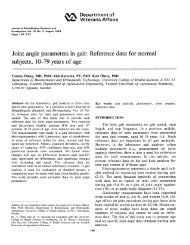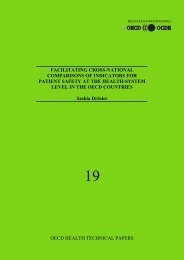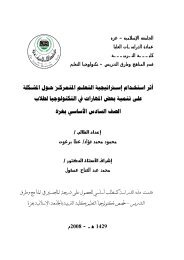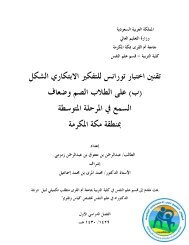awareness through movement
awareness through movement
awareness through movement
Create successful ePaper yourself
Turn your PDF publications into a flip-book with our unique Google optimized e-Paper software.
42 AWARENESS THROUGH MOVEMENT<br />
are mainly inherited, by contrast with the Rhinic system described<br />
above, which is entirely inherited and remains unchanged from individual<br />
to individual, except in cases of basic evolutionary changes.<br />
Instincts are not as stationary and definite as we often think; they<br />
vary, and there are small instinctual differences between individuals.<br />
In some cases the instinct is weak, and a certain amount of individual<br />
experience is needed for action to proceed, as where, for instance,<br />
a newborn child fails to suck until its lips are stimulated with<br />
the nipple. In some cases, instinct permits a fair degree of adjustment<br />
to circumstances and the first hint of ability to change with a<br />
changing environment is found—in short, the birth or dawn of the<br />
ability to learn. Thus, for instance, birds accustom themselves to<br />
building nests of new materials when they are moved to strange surroundings.<br />
But the adjustment is difficult, and not all individuals succeed<br />
equally well; some do not manage to adjust at all. The adjustment<br />
of instincts to the demands of new surroundings may go so far<br />
as to approach what we are accustomed to call understanding and<br />
learning.<br />
Fine differentiation is a human prerogative<br />
A third group of structures of the brain is concerned with activities<br />
that distinguish man from animals. This is the Supralymbic system,<br />
which is much more highly developed in man than in any of the higher<br />
animals. It is this system that assures the delicate differentiation of the<br />
muscles of the hand, thereby multiplying the possible number of patterns,<br />
rhythms, and shades of any operation. This system turns the<br />
human hand into an instrument capable of playing music, drawing,<br />
writing, or doing many other activities. The Supralymbic system imparts<br />
an equal sensitivity to the muscles of the mouth, throat, and breathing<br />
apparatus. Similarly, here the power of differentiation multiplies the<br />
number of different sound patterns that it is possible to produce, resulting<br />
in the creation of hundreds of languages and a great variety of ways<br />
of singing and whistling.


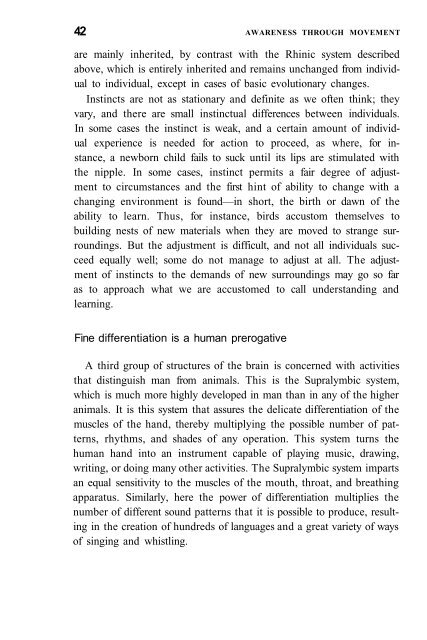




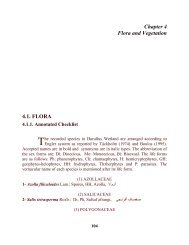

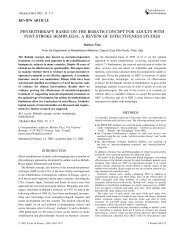
![Successful Ministry to the Retarded[ETowns] - Elmer Towns](https://img.yumpu.com/47721906/1/190x252/successful-ministry-to-the-retardedetowns-elmer-towns.jpg?quality=85)


